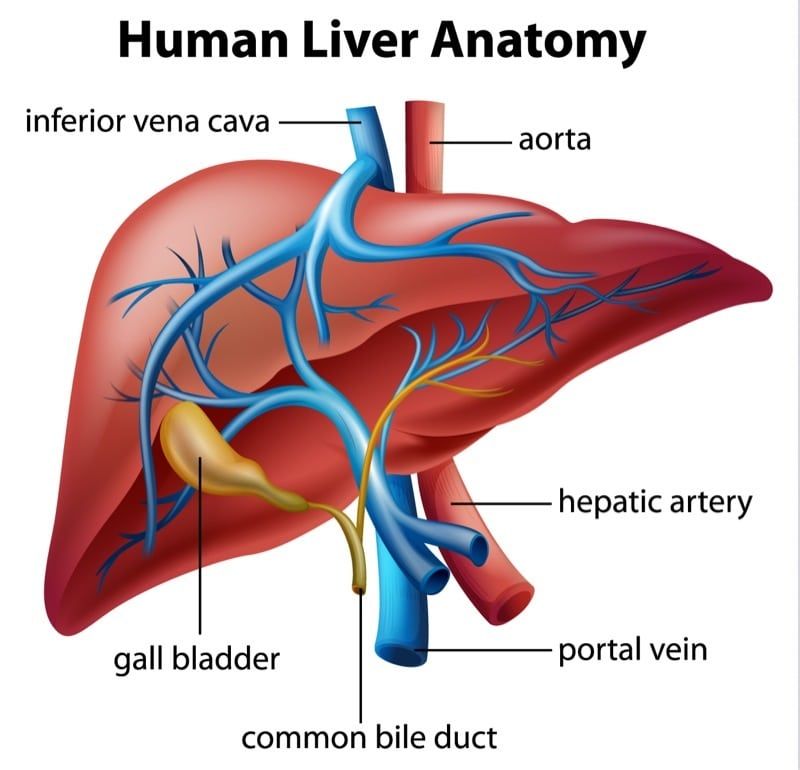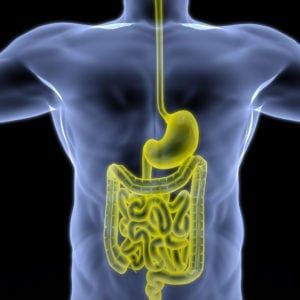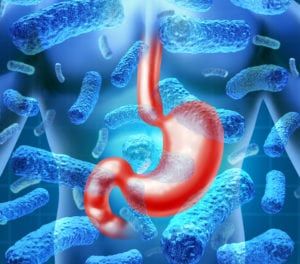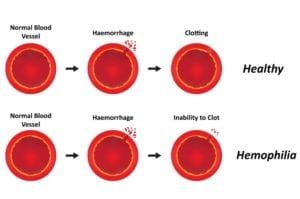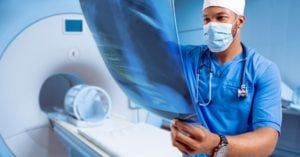The liver is a vital organ plays a very important role in processing nutrients, creating new proteins, and removing wastes that the kidneys are incapable of eliminating. When a person’s liver is not functioning properly, a liver biopsy may be necessary to find out why. During a liver biopsy, a gastroenterologist will remove small tissue samples from the organ for the purpose of identifying damage or diagnosing and staging disease.
Did you know…that the liver is the largest internal organ in the human body? It is also the only organ in the body capable of regenerating and repairing itself. In fact, a person can lose up to 75 percent of his or her liver, and the remaining parts can restore the entire liver again over time. Even Greek mythology nods its head to the restorative properties of the liver in the story of Prometheus, who was said to have his liver pecked out by a vulture night after night, only to have it fully regenerated the next day. |
Frequently Asked Questions
Who needs a liver biopsy?
The liver is necessary for survival. When it is not working properly, a doctor may order lab tests and imaging scans to identify abnormalities, enlargement or abnormal levels of liver enzymes. If detected, a liver biopsy may be necessary to diagnose the cause of those problems. In some cases, liver biopsy is also needed to monitor the condition of the liver after treatment, such as following a liver transplant.
Biopsied liver tissue is examined in a laboratory and can be used to diagnose and stage many different disorders, including:
- Hepatitis B
- Hepatitis C
- Fatty liver disease
- Cirrhosis
- Hemochromatosis
Are all liver biopsies the same?
There are three types of liver biopsies – percutaneous, transvenous and laparoscopic. The first – percutaneous – is the most common type of liver biopsy and involves the insertion of a hollow needle into the abdomen in order to harvest liver tissue. During a transvenous liver biopsy, liver tissue is harvested through a tube that has been threaded through the jugular vein in the neck. A laparoscopic liver biopsy is performed via an abdominal incision, through which a laparoscope allows the doctor to view the body’s internal organs and also remove liver tissue using a needle.
What should I expect during a liver biopsy?
Liver biopsies are performed at a hospital or outpatient center. Your experience will vary depending on the type of biopsy you undergo. Most patients are asked to avoid food and drink in the hours leading up to the procedure – especially if they will be sedated. During a percutaneous biopsy, the doctor administers a local anesthetic to help numb the tissues surrounding the biopsy site. A needle is then guided into the liver with the aid of ultrasound imaging. It takes only seconds to harvest tissue from the liver in this way. In most cases, patients need only one to two days to recover from a liver biopsy, after which time they can return to work and other activities.
